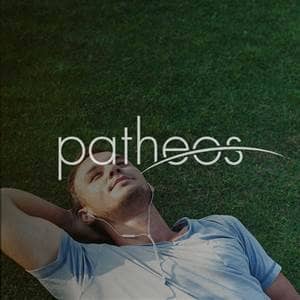
“Breathes there a man with soul so dead, who never to himself hath said, ‘This is my own, my native land’?”
Continued from “On Gospel Doctrine Teaching (2)”:
The dynamic (or, perhaps even better, the demographic) in the old Mar Vista Ward was interesting. For a long time, I found it baffling, but eventually I figured it out (I think).
The building was the second-oldest Latter-day Saint chapel in southern California. I think it had been constructed by volunteers from the congregation itself in the 1920s. (My wife’s maternal grandfather and grandmother, who spent almost all of their lives before and after in Salt Lake City, had lived in Mar Vista for two or three years in the 1920s or 1930s. I think that he was one of those who helped built the chapel.) What struck me, though, was the fact that the area around it was quite congested and rather expensive, and yet kids who grew up in the ward often seemed almost desperately eager to get back into it. Then I began to notice some of the street names around the building, names like Wasatch and McCune, which seemed strongly LDS- and Utah-related. It finally dawned on me that the old Mar Vista Ward was essentially a small Utah town that had sprung up in west Los Angeles when that now quite urban area was largely bean fields.
Now, though, there were the old guard in the ward . . . and also a large contingent of UCLA graduate students, from the law school, the dental school, the school of management, from philosophy, classics, Near Eastern studies, and so forth. UCLA’s Family Student Housing, on Sawtelle Boulevard, had been assigned to the Mar Vista Ward several miles away, even though our stake center precisely bisected that housing complex, such that we had to drive past it whenever we went to church.
In other words, although it was really quite mild and although we got along very well, there was probably a subtle element of the common “town and gown” clash in the Mar Vista Ward. That, I think, was what went on when that small group of elder sisters came in to the bishop to complain about my supposed teaching of “secular humanism” in the Gospel Doctrine class.
Anyhow: Another example that I had given in my class of the human side of prophets in the Book of Mormon involved Nephi, the son of Lehi. I noted his common refrain of “my brothers murmured, but I, Nephi, did not murmur,” and I contrasted that continual bravado with the striking confesson of personal weakness and shortcoming in what is sometimes called the “Psalm of Nephi” in 2 Nephi 4. I suggested that Nephi’s seeming boastfulness reflected political necessity (on this, see Noel Reynolds’s important article “Nephi’s Political Testament”), but that, in 2 Nephi 4, we see the real man.
Once again, this realism, this very believable and very human portrayal, strengthens my confidence in the Book of Mormon as genuine history.
The bishop and I had a pleasant conversation. He smiled and told me not to worry about the complaint filed by the sisters. Just go on teaching the way you have been, he said.
















